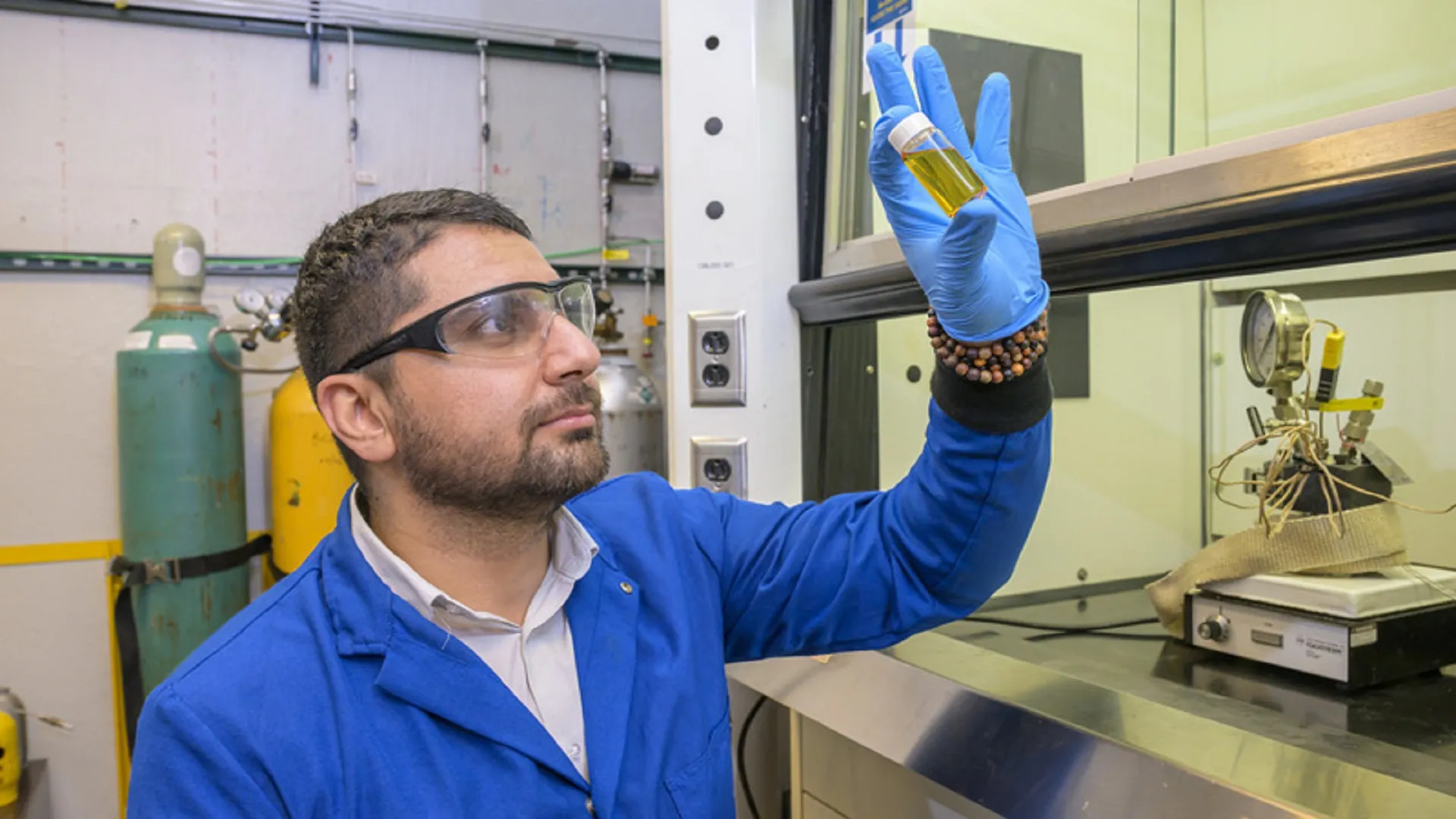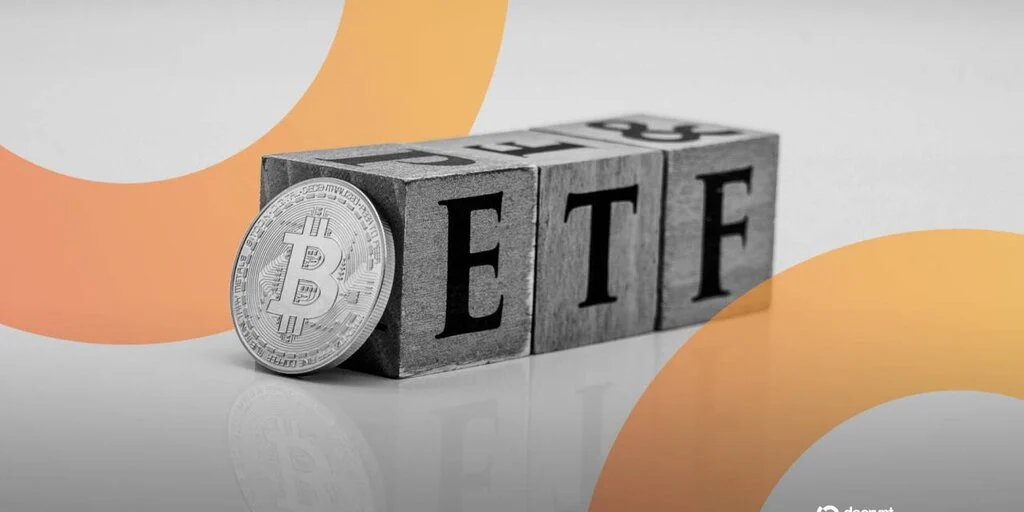
A University of Delaware-led team has developed a new catalyst that converts plastic waste into liquid fuels faster and more efficiently than existing methods, offering a potential solution to growing plastic pollution.
The work points toward more energy-efficient methods for plastic upcycling, reducing pollution while creating sustainable fuels.
“Instead of letting plastics pile up as waste, upcycling treats them like solid fuels that can be transformed into useful liquid fuels and chemicals, offering a faster, more efficient and environmentally friendly solution,” said senior author Dongxia Liu, the Robert K. Grasseli Professor of Chemical and Biomolecular Engineering at UD’s College of Engineering.
Hydrogenolysis, one promising upcycling approach, uses hydrogen gas and a catalyst to break down polymers in plastics into liquid fuels for transportation and industry.
Conventional catalysts, however, struggle to handle bulky polymer molecules, limiting their efficiency.
Mesoporous MXenes unlock polymers
To overcome this, the researchers turned to MXenes (pronounced max-eens), a nanomaterial formed of stacked two-dimensional layers.
“MXenes form two-dimensional layers, like the pages of a book. These stacked layers in the closed book make it difficult for molten plastic to move through easily, limiting contact with the catalyst,” explained first author Ali Kamali, a doctoral candidate in chemical and biomolecular engineering.
The team created mesoporous MXenes by inserting silica pillars between the layers, opening up the space and allowing polymers to flow more easily.
They loaded the mesoporous MXenes with ruthenium and tested the catalyst with low-density polyethylene (LDPE), a plastic commonly used in shopping bags and films.
In a small pressurized reactor, LDPE was combined with the catalyst and hydrogen gas, then heated into a thick syrup. The catalyst nearly doubled reaction rates compared with previous LDPE hydrogenolysis methods.
It also showed high selectivity, producing liquid fuels efficiently while minimizing byproducts such as methane. Liu credited this to the stabilization of ruthenium nanoparticles within the MXene layers.
“We were able to produce a material that not only speeds the conversion but also improves the quality of the fuel products. This advance highlights the potential of nanostructured mesoporous catalysts to enhance plastic upcycling,” Liu said.
Turning waste into fuel
Looking forward, the UD team plans to refine the catalyst further and develop a library of MXene-based catalysts for different plastic types.
They aim to collaborate with industry partners to turn plastic waste into a resource, producing fuels and chemicals that benefit both the environment and local economies.



